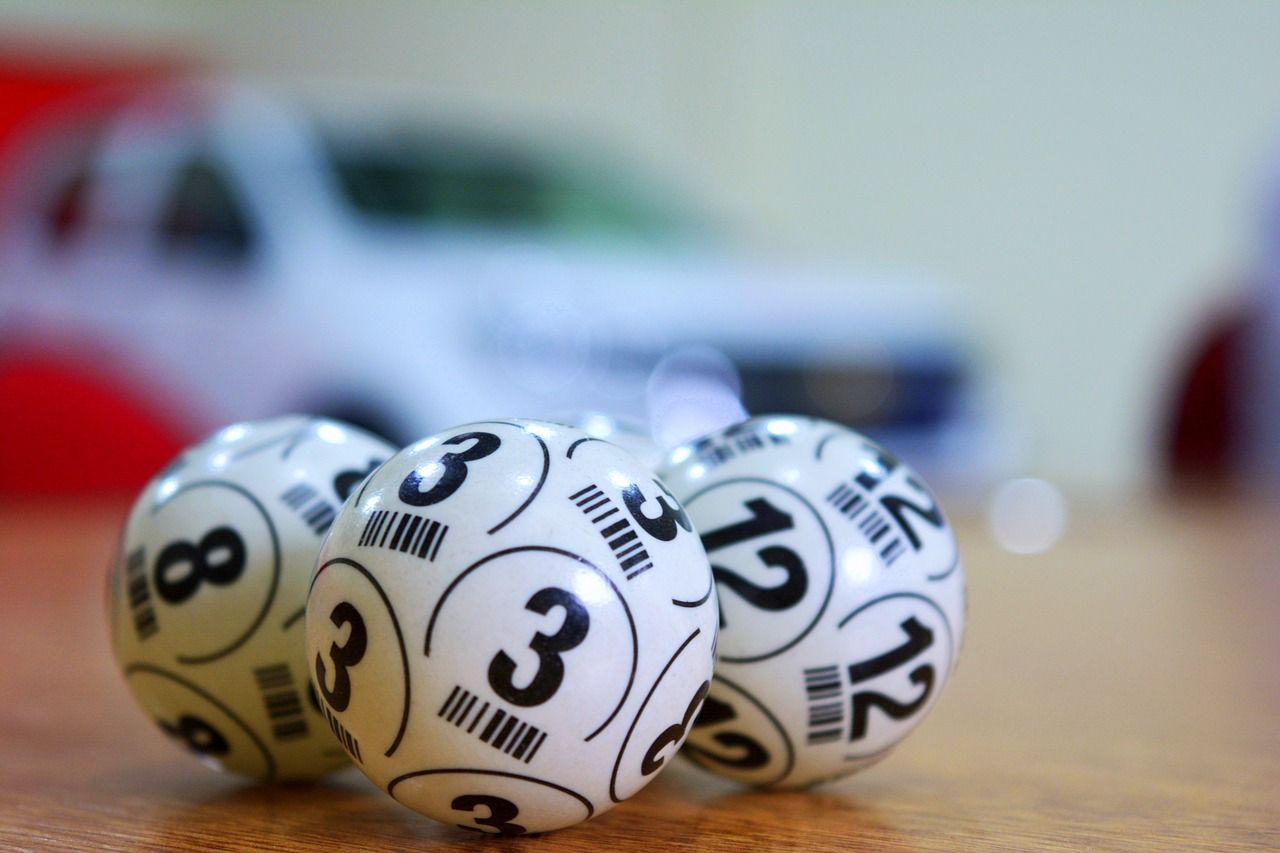Lotteries have captivated the public imagination for centuries, promising the thrill of winning life-changing sums of money with just a small investment. At the heart of this phenomenon lies the lottery draw, a critical event that determines the winners of various live cambodia games. In this article, we will explore the mechanics of lottery draws, their history, types, and the impact they have on players and society.
What is a Lottery Draw?
A lottery draw is an event where a set of numbers is randomly selected from a larger pool of numbers, determining the winners of the lottery game. This process can vary widely depending on the type of lottery, but the underlying principle remains the same: players purchase tickets with specific numbers, and if their numbers match the drawn ones, they win a prize.
History of Lottery Draws
The history of lotteries dates back thousands of years, with evidence suggesting that ancient civilizations, including the Chinese, Romans, and Egyptians, used similar methods for distributing goods and wealth. The modern lottery, as we know it today, began to take shape in the 15th century in Europe. The first recorded lottery was established in 1446 in the Low Countries to raise funds for town fortifications.
Over the centuries, lotteries evolved, gaining popularity as a means for governments to generate revenue without raising taxes. By the 20th century, state-sponsored lotteries became commonplace in the United States, providing funding for public education, infrastructure, and other community services.
Types of Lottery Draws
There are several types of lottery draws, each with its unique format and rules. Here are some of the most common types:
- Traditional Draws: In traditional lottery draws, players choose a set of numbers, usually between 1 and a specific maximum, such as 49. During the draw, a machine randomly selects the winning numbers. Examples include the Powerball and Mega Millions in the United States.
- Instant Win Games: These lotteries allow players to win prizes instantly by scratching off a coating on a ticket. The winning combinations are determined before the tickets are printed, providing immediate gratification.
- Raffle Draws: In a raffle, players purchase tickets that are entered into a draw for a chance to win a specific prize. The winning ticket is randomly selected, and often, these draws support charitable causes.
- Online Lotteries: With the rise of technology, many lotteries now offer online draws where players can buy tickets and check results digitally. Online lotteries have expanded access to a global audience.
- Daily and Weekly Draws: Some lotteries offer daily or weekly draws, giving players multiple opportunities to win. These games often have smaller jackpots but can still offer substantial prizes.
How Lottery Draws Work
The process of conducting a lottery draw involves several steps:
- Ticket Sales: Players purchase tickets for a designated period leading up to the draw. Each ticket typically has a unique number or set of numbers.
- Draw Preparation: Before the draw, organizers ensure that the drawing equipment is secure and that all tickets are accounted for.
- Random Selection: During the draw, numbers are randomly selected using machines or manual methods. In many cases, independent auditors oversee the process to ensure fairness and transparency.
- Announcement of Results: After the numbers are drawn, the results are announced through various channels, including television, radio, and online platforms. Players can check their tickets to see if they have won.
- Prize Distribution: Winners claim their prizes through designated channels. The amount won can vary based on ticket sales, with larger jackpots often resulting from rollovers when there are no winners.
The Impact of Lottery Draws
Lottery draws have a significant impact on players, communities, and governments:
- Economic Benefits: Lotteries contribute to local economies by funding public services, education, and infrastructure projects. The revenue generated can be substantial, particularly in larger lotteries.
- Social Responsibility: Many lotteries allocate a portion of their profits to charitable organizations and community programs, promoting social good.
- Player Engagement: The thrill of participating in a lottery draw can foster community spirit and engagement. Players often share in the excitement of watching the draw and discussing the results.
- Gambling Risks: While lotteries can be fun, they also pose gambling risks. Players should be aware of the potential for addiction and financial loss and should play responsibly.
